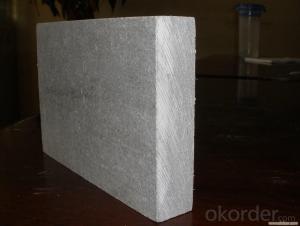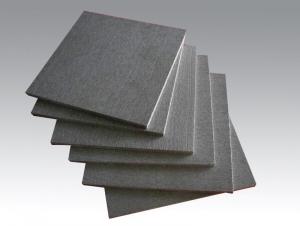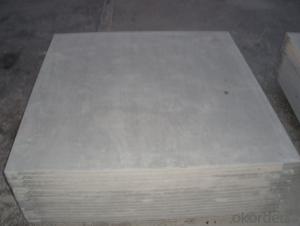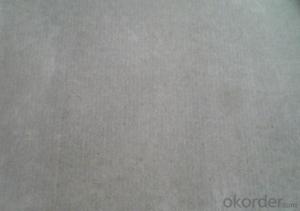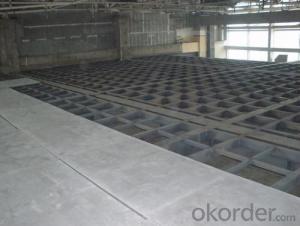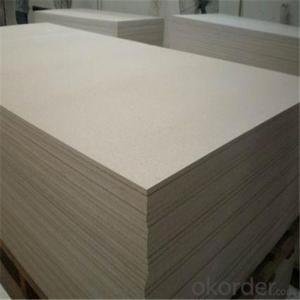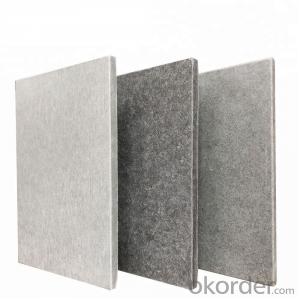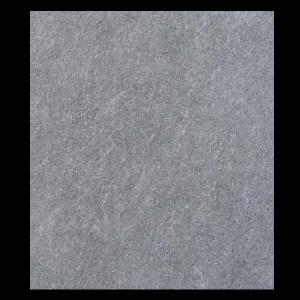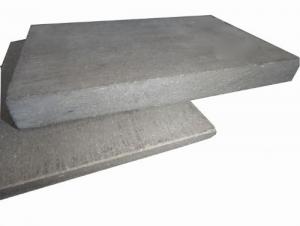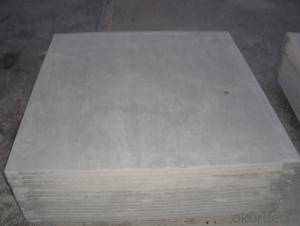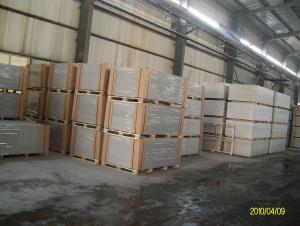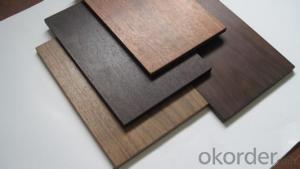Fire Resistant Fiber Cement Board
- Loading Port:
- China Main Port
- Payment Terms:
- TT or LC
- Min Order Qty:
- -
- Supply Capability:
- -
OKorder Service Pledge
OKorder Financial Service
You Might Also Like
Product Applications:
on-asbestos Fiber Reinforced Calcium Silicate Board
Refractory temperature:1770-2000°C
Grade: A1 incombustible
Thermal conductivity: 0.03
Material: cellulose fiber
Shape: rectangle
Form: flat sheet
Size: 2440*1220*(4-40)
Product Advantages:
Product categories: fire prevention board
Flexure strength: 14
Operating temperature: normal temperature
Introduction
Non-asbestos fiber reinforced calcium silicate board is low shrinkage fiber cement preesure board which uses cement, quartz, lime, fly ash, cellulose fiber, inorganic fiber and other materials as main material, manufactured by advanced technology and techniques to form green sheet, and then pressed by thousands tons pressure, cured by high temperature and high pressure steam and other special treatment.
Product feature
Fire prevention, waterproof, high strength, corrosion resistance, heat insulation, sound insulation, durable, long service life, safe and convenient construction.
Main applications
Non-asbestos fiber reinforced calcium silicate boards are mainly used in all kinds of internal and external wall: insulation wall, sound absorption wall, casting wall, compound wall, overclapping wall, scales wall, subway(underground) water gushing wall, thermal insulation wall, exterior thermal insulation panels.
For ceiling: sound absorbing roof, sound insulation roof, large flat, T-top roof and so on.
For decorative panels: (surface coating, paste decoration) furniture barrier panels, acoustic enclosures, electrical insulation board, industrial board, ventilation pipe plate, free open type templates.
Main Product Features:
thermal conductivity:0.048w/m.k
model size 600*300*50mm
working temp 1000C
linear shrinkage 2%(1000C 6H)
100% asbestos free
Advantages of Calcium Silicate Board:
Characterized by exceptional heat resistance,outstanding thermal insulation,very low bulk density,high specific strength,excellent durability and flexible construction,high temperature calcium silicate insulating slabs can be widely used as energy-saving materials for almost all types of industrial furnaces.
Properties of Insulation Calcium Silicate Board:
Product Specifications:
| Items | Unit | HCS-17 |
| Bulk Density | kg/m3 | 220(±10%) |
| Flexural Strength | Mpa | ≥0.30 |
| Temp.Limit | °c | 1000 |
| Linear Shrinkage | % | ≤1.5(1000°c 3hrs) |
| Thermal Cond. | W/m.k | ≤0.048+0.00011t |
Images:
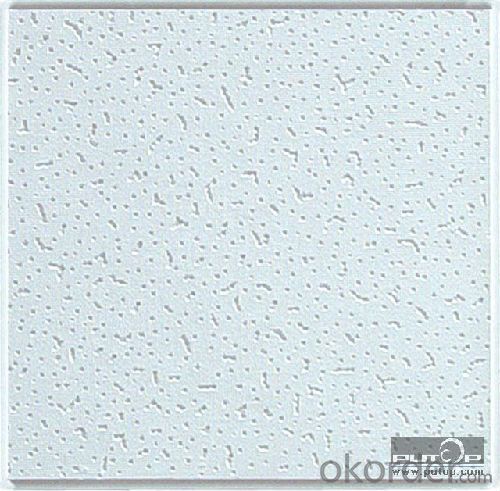
- Q:Sound insulation board effect and what is relevant
- To prevent the vibration of the sound transmission: This plate requires a higher density of the unit surface, that is, the higher the density of the unit surface noise better, which is why the thick wall than the thin wall sound insulation better reason. Usually have fiber cement board and other products. Stone also has a good sound insulation, medium and thick steel plate has a good sound insulation effect.
- Q:I want a smoother cut than I will get by scoring and breaking. Would I use an abrasive wheel in a circular saw or a diamond blade?
- a diamond blade is good yes, but running it perfectly straight is the difficult part. Make your self a straight edge so your saw or angle grinder can rest against it as your cutting ( say the blade is 50mm from the saw base or angle grinder guard, put your straight edge 50mm away from your line) when it is cut get a piece of cement board and rub it along your cut to achieve a factory finish you could also buy a cement board blad ( it has only 4 teeth and it can fit onto your circular saw,) other then that you can use an angle grinder with a diamond blade.
- Q:is there a spray on cement moisture barrier to use under laminate flooring?
- There are water block paints and such... but the cost would be too exorbitant for what you need to accomplish. ALSO.. most laminate floor manufacturers state that a 6 mil plastic sheet vapor barrier is what they require, when installing their products on concrete. (This goes on the concrete, then the foam underpad goes over the plastic sheeting) You can buy 6 mil plastic by the roll.... 10ft x 25ft, or longer.. in clear or black, and isnt that expensive. It's what the manufacturers suggest, I'd stick with it, or you're going to void your flooring warranty.
- Q:I'm looking to install siding on my home and just looking for answers to the obvious concerns....... maintenance, longevity, and energy efficiency>
- From an evergy efficency standpoint, neither has enough R value to even enter into the decision. With vinyl siding, you can add a rigid foam insulation behind the siding prior to installation that will increase the R value and some high end vinly comes with a foam insulation already laminated to the back. Hardi Board makes a pre-painted siding that has a 15 year warranty on the paint job. It doesn't ding, crack, or blow off in a strong wind. Plus, it looks like authentic wood siding (but much less expensive) However, you will pay substantially more than vinyl siding. For most people it comes down to price. When given all the facts, fiber cement is by far the superior product but if its not in your budget then vinyl siding is a respectable alternative.
- Q:some say lay 15 pound paper what gives?
- It's actually a vapor/moisture barrier. And yes it should be put down when laying this kind of surface over wood.
- Q:What do I do
- it may be broke
- Q:I've already got the cement board down, taking it back up would mean messing with the toilet flange, which means plumbing, and that sucks. Plywood was in pretty good condition. Thanks in advance!
- If you don't apply mortar, the tile will shift around, come up, etc. It's best to go ahead and do it right when you are initially laying it therefore saving yourself a costlier repair. Good luck.
- Q:The tile guy that I am using has never worked with stone, so I am worried. Can you please give me some insight on some things I should know about using stone (slate) for wall tile in a shower/bath.
- I have to ask is the Slate Milled, or like field stone. 1/2 inch concrete backer board on studs is sufficient. I'd also use a vapor barrier, perhaps even double wall backer board. Vertical installs shouldn't be attempted by someone unfamiliar with the tile species, but I have to assume theyd' like to learn, at least. As an installer he should know the properties of various mortars and mastics used for many species of wall tile, and perhaps apply those to slate, unless it isn't milled. Then it would be more like building a stone facade on a structure. Certainly slate would be more porous, since it's likely unglazed, but glazing it yourself will probably turn into a life long career in maintaining. If this happens to be SLATE in the form of tile, install and grouting will be much easier. If this is to be a more rustic effect, with mosaic shapes in some rough slate, I'd make sure the installer had some better level of knowledge. Steven Wolf Just my 2 sense
- Q:I just completely gutted my bathroom down to the wall studs and original plywood sub-floor. Which do I install first -- the new bathtub or the cement backer board on the floor? The original tile floor was over an inch thick. The new tub will be fiberglass, and I plan to put ceramic tile around the tub area as well as the main floor.
- If you got the standard enamelled metal tub you will see that the top edge may have screw holes already in it. I don't think fiberglass was much different- maybe no holes and you have to drill them yourself as the tub is in place This is screwed to the studs. Can't see studs behind cement board.(Don't care if you have better than 20:20 vision) CB is just a board for tiling onto. Before that was Greenboard basically gypsum board with a waterproof coating. Before that it was just gypsum board. The Tile& grout is the waterproof layer. Many houses were done on gypsum board. Mine has been done that way because neither Greenboard or Cementboard were not invented yet. Mine has been up for 35 years not a problem at all.
- Q:is there an easier way than just hammering to break it up until we ache? By old school we mean the house was built in the 50's and there is some type of chicken wire material in it.
- gotta break it up, if you want it out. Why not cover over it? If you are dead set on removal start at the top of wall break through to the wire. Start cutting the wire and pulling it free from the wall.
1. Manufacturer Overview |
|
|---|---|
| Location | |
| Year Established | |
| Annual Output Value | |
| Main Markets | |
| Company Certifications | |
2. Manufacturer Certificates |
|
|---|---|
| a) Certification Name | |
| Range | |
| Reference | |
| Validity Period | |
3. Manufacturer Capability |
|
|---|---|
| a)Trade Capacity | |
| Nearest Port | |
| Export Percentage | |
| No.of Employees in Trade Department | |
| Language Spoken: | |
| b)Factory Information | |
| Factory Size: | |
| No. of Production Lines | |
| Contract Manufacturing | |
| Product Price Range | |
Send your message to us
Fire Resistant Fiber Cement Board
- Loading Port:
- China Main Port
- Payment Terms:
- TT or LC
- Min Order Qty:
- -
- Supply Capability:
- -
OKorder Service Pledge
OKorder Financial Service
Similar products
New products
Hot products
Hot Searches
Related keywords
